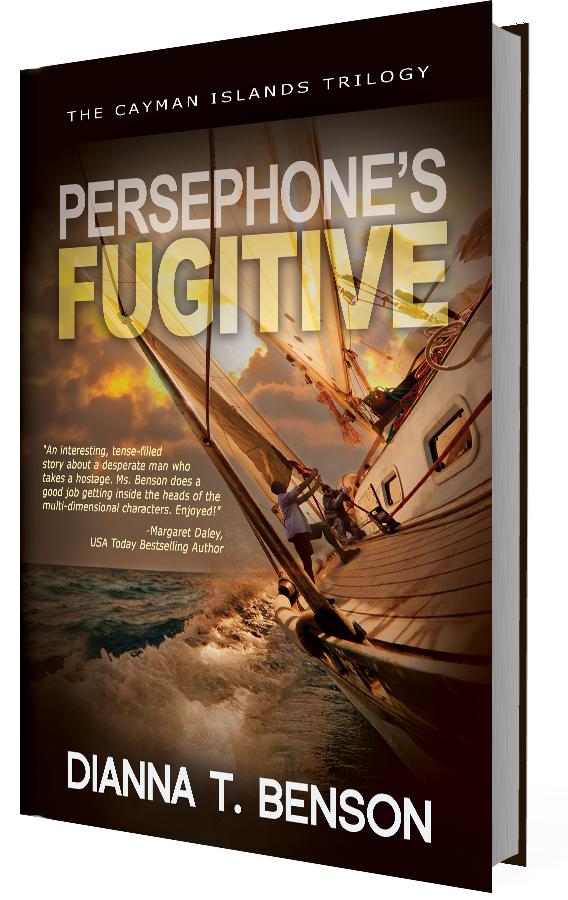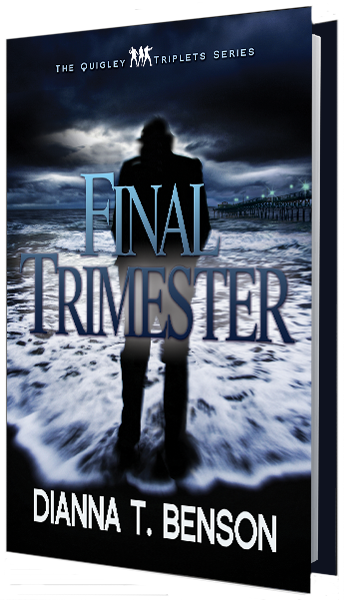Gun Shot Wound
Posted by dtbAdmin on Feb 11, 2013 in Blog, Medical/EMS | 0 comments
EMS expert and author Dianna Benson blogs today writing a first person account of caring for a gunshot wound victim. I love how she’s written this post with such detailed information that portrays the medical info so accurately.
EMS 4. Gun Shot Wound. 123 Main Street, Apartment G.
I flip my book closed—Jordyn Redwood’s newest suspense—and zip it inside my backpack. I rush from my station’s crew quarters to the ambulance bay.
My partner slips behind the steering wheel; I signal us en route to the call via our laptop nailed to the dashboard.
“Twenty-nine year old male, GSW in abdomen, conscious and breathing,” I relate the facts as I read them on the laptop screen. “Raleigh PD already on scene.”
I wait for further information to display; my nerves rev up. GSW calls often place EMS in deadly situations. Even if the scene is safe at first, bystanders, the shooter, even the patient can turn violent. Prepared for anything at any given moment is the hallmark philosophy to staying alive.
“RPD in process of securing scene,” I read the new information out loud. “Stage near the manager’s office.”
“Manager’s office?” my partner turns our ambulance left at an intersection. “That can’t be far enough.”
I hear the fear in his voice. Only six months ago, he suffered a knife wound from a patient’s husband who didn’t want us to resuscitate his wife.
“I know these apartments,” I say. “Building G is in the back. Furthest away from the office.”
More information came across the screen.
“Patient took off on foot. Stumbled away from the shooter. He’s down. Gas station on corner of Hill Street and Brown Avenue.”
Once we arrive at the gas station and notice RPD has the scene in their control, I duck under the yellow tape blocking the public from our GSW patient lying supine in one of the parking spaces like a car. Five firefighters surround the patient, each one pressing towels to his abdomen, as countless cops hold the perimeter they’ve established.
The firefighters step away, allowing us to take over medical care.
“Sir, can you tell me your name?” I yell over the chaos surrounding me.
“Ronald,” he uttered with a flutter of his eyes.
I peek under the wad of bloody towels to examine the wound in his upper abdomen. Since bullets often act like a plug, gun shot wounds often don’t produce heavy external bleeding. This one the exception.
“Package and go,” I say to my partner. “Ronald, what medications do you take?”
“Nothin’.”
Gunfire whizzes near my ear, busts the car window next to us. My heart is pounding as cops tackle some guy behind me. The scene is safe again.
With the help of the firefighters, my partner and I log roll the patient onto a spine board, place the backboarded patient onto our stretcher, and wheel it toward our ambulance.
I lean my face near Ronald’s ear. “What about street drugs, Ronald? I’m not a cop, so it’s best for your health if you tell me the truth. I don’t want to inject any med—”
“Nothin’.”
“Okay.”
We load the stretcher inside the ambulance.
“Any health issues? Allergic to anything?” I continue to ask Ronald questions.
“No, no,” he says, squirming. “The pain. It’s bad. Real bad.”
“I’m sure. Hang in there with me, okay?”
One of the firefighters slip behind the steering wheel as two others hop into the back with me and my partner.
I place a bunch of bandages over the bullet wound, crisscrossing and stacking them. I spike an IV bag, as my partner inserts an eighteen gauge needle into our patient’s arm. As I connect Ronald to our cardiac monitor via a 12-lead, one firefighter maintains direct pressure to fresh towels over the bandages, the other wraps a BP cuff on the patient’s right arm then clips a pulse ox to his left index finger for a blood oxygen saturation reading.
I glance at the readings on the monitor. “Hypotensive and tachycardic,” I shout over the sirens wailing and engine roaring. “82 over 54. Pulse 160.” I feel his left radial artery. It’s thready. “Trendelenburg,” I say, instructing the firefighter on my right to lift the foot of the stretcher, a treatment of hypoperfusion (shock), this case hypovolemic shock due to blood loss.
I’m thinking the bullet pierced the vena cava. If so, this patient is bleeding internally and surgery is vital.
As my partner shoots morphine in the IV catheter, I notice our patient’s eyes are closed and he’s still and silent. Blood oozes from his mouth. His oxygenation reading drops to 91%
“Ronald?”
He’s unresponsive. I press my fingers to his carotid artery. Pulse still present.
I suction blood from his mouth. In order to protect his airway, I slide a lubricated oropharyngeal airway down his throat. With a curved laryngoscope, I lift the epiglottis and gain a visual of the glottic opening and white vocal cords. I drop the orotrachael tube between the cords, down the trachea. I connect a bag valve mask over the tube opening. To keep him oxygenated, I squeeze the football-size bulb every five seconds.
I read the newest vital signs on the monitor, “74 over 46. HR 168.”
My partner grabs the radio, switches it to the closest trauma hospital.
“Wake Med ED? This is EMS 4.”
“Wake Med. Go ahead EMS 4.”
“We’re en route with a twenty-nine year old male. Abdominal GSW. Tachycardic at 168. BP falling, last reading 74 over 46. Trendelenburg position. Administered morphine. Endotrachael in place. ETA five minutes.”
I glance at the cardiac monitor screen. “Astyole,” I shout out. “Take over bagging,” I tell one of the firefighters.
I begin chest compressions, as my partner injects epinephrine and vasopressin into the IV line. Nine compressions later, Ronald’s eyes flash wide.
I smile down at him. “You still hanging in there with me?”
He nods as we pull into the emergency department.




